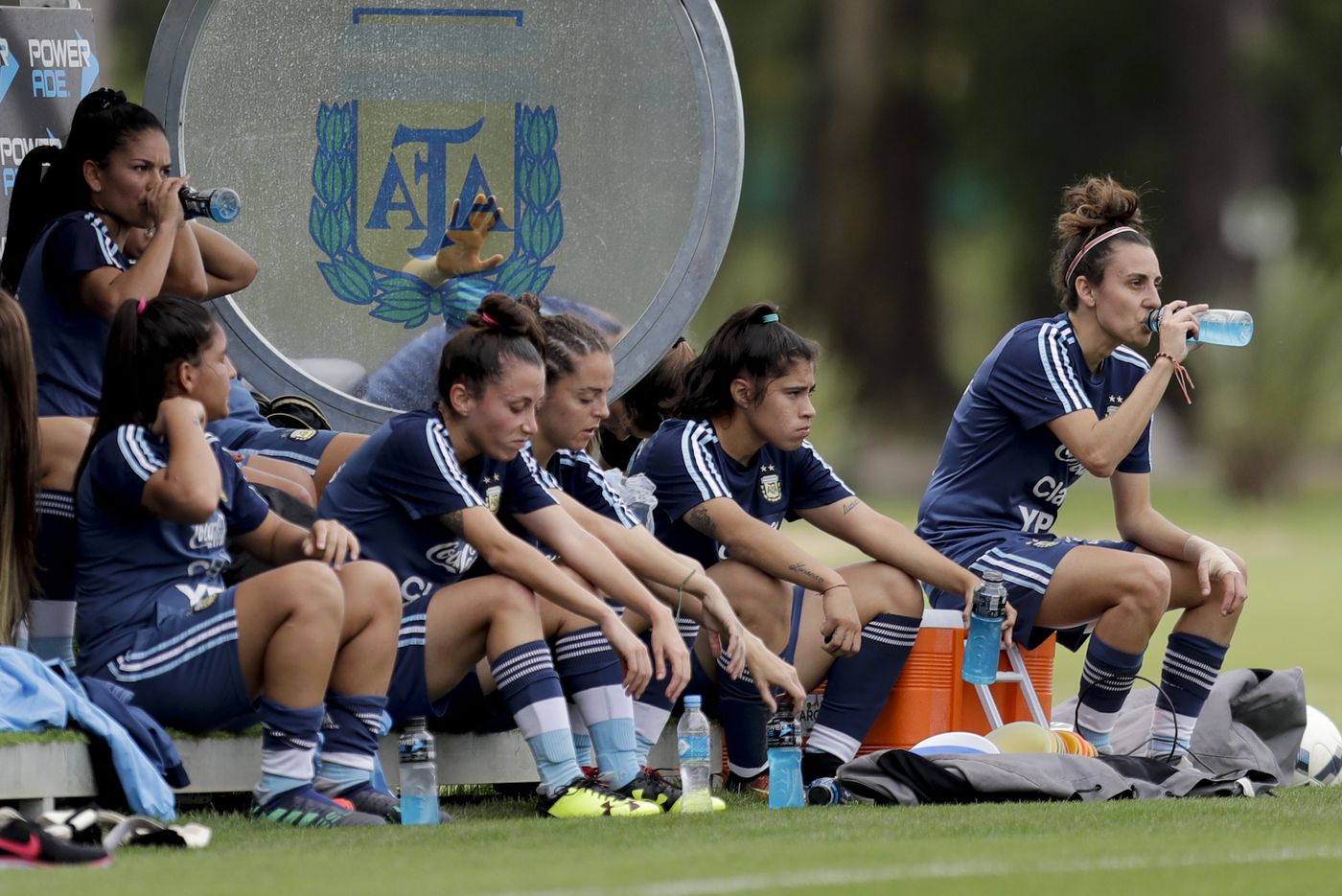Twelve years after they last appeared at the Women’s World Cup, the Argentine national women’s soccer team is back in the competition. It may seem obvious that they are going to the World Cup; after all, this is the same country that produced Messi and Maradona. The women in Argentina, however, are not on an equal playing field, making this comeback an important one.
Before this year, the women’s national team was not allowed to train at the same facilities as the men’s team. Reversing this policy is a step in the right direction, but the conditions are still far from equal. Women on the national team still only earn the equivalent of $8 USD per day, and, in Sept. 2017, the players went on strike because even that small stipend went unpaid. This is far from a livable wage, especially when the players are expected to eat, sleep, and have the equipment needed to perform at a professional level. For comparison, Messi earns $667, 000 per week after signing his latest contract with FC Barcelona in 2017. Because Argentine women do not make a living wage from soccer in their home country, players are forced to either seek professional club opportunities internationally or work other jobs and only train part-time.
Argentina’s qualification for the 2019 World Cup is made even more impressive by the fact that, in 2017, they, along with several other South American women’s national teams, were dropped from the FIFA world rankings and declared ‘inactive’ because they had not played a match, trained together, or hired staff in over 18 months.
Soccer federations around the world are quick to claim that they cannot pay female players as much as their male counterparts because they do not bring in the same revenue. However, this argument does not hold meaningful ground: In the United States, women’s soccer, even with fewer resources invested in teams and development programs, still brings in higher viewer figures than men’s games. The United States may be the exception and not the rule, but it shows that people care about women’s soccer when it begins to receive proper support.
Furthermore, the women’s game is unlikely to earn profits for their national federations if there is no investment in players and development, as well as promotion and advertisement of matches and merchandise. Fans and sponsors are the main sources of revenue for federations, and no sponsor wants to invest in an event that nobody will watch. Additionally, audiences will avoid games that they deem to be of lesser quality, but players can’t improve if they can’t commit to their training and they have insufficient resources. And, so, the cycle continues. Federations that use this economic argument simply perpetuate a self-fulfilling prophecy. A women’s side that can only afford to train together three times a week on low-quality fields cannot be expected to perform at the same level and attract the same crowds as a professional men’s side that enjoys full-time professional coaching, medical staff, and superior facilities.
Furthermore, soccer federations are meant to be not-for-profit. While they do need money to reinvest and continue to develop the game in their countries, the board members of many federations earn huge, unnecessary salaries. In 2016, FIFA President Gianni Infantino agreed to a salary of $1.53 million—less than half of what former president Sepp Blatter was paid, excluding the $10 million bonuses Blatter received for every World Cup.
Soccer federations around the world have the funds to support women’s teams but appear unwilling to spend it on the female players who work for it. With tickets for Argentina’s World Cup qualification playoff match against Panama selling out in less than 12 hours, hopefully the tides are finally changing for fútbol femenino in Argentina, the rest of Latin America, and the world.








